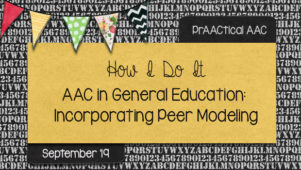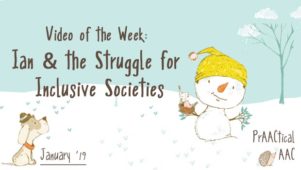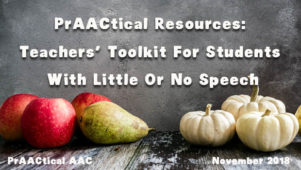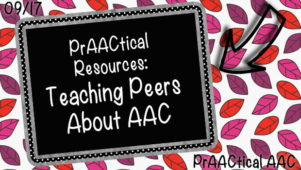How I Do It: Project-Based Learning and AAC
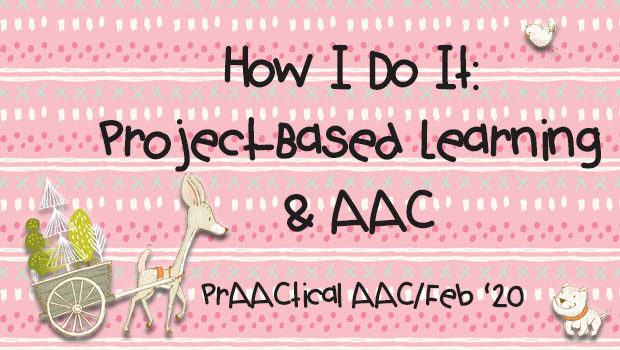
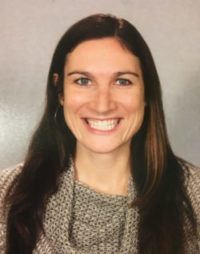
Looking for ways to promote inclusive practices in your school? Today, AAC SLP and AT Consultant Sarah Gregory returns to share more about the strategies and approaches she uses in the peer support program in her school district in Ithaca, NY. Learn about how she implements problem-based learning to promote authentic learning experiences and meaningful connections between students with and without disabilities.
You can see Sarah’s previous post on peer modeling here.
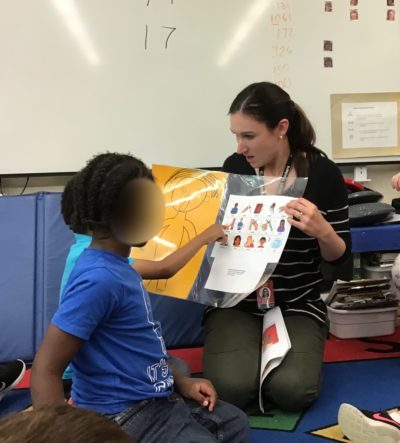
Project-Based Learning and AAC
I discussed in my first blog post the importance of authentic inclusion of students with Complex Communication Needs in the general education classroom. Involving peers in using AAC has been a great tool to move to a model of true inclusion. When incorporating peer support into a classroom structure I am thoughtful to make the interaction authentic and meaningful for everyone involved.
Since starting a peer support program two years ago I have continuously reflected and refined my approach. Recently I have realized that peer support shouldn’t be about teaching or helping the AAC communicator, but it should look like a group of students learning alongside each other. I have also stopped using the term “peer modeling,” because this implies that one person is in a helping or teaching role. Erin Sheldon has used the term “peer support,” which I feel is a better descriptor of the culture we are trying to create.
When structuring peer support of AAC, one strategy I found to be effective is Project Based Learning (PBL). PBL is a teaching model in which students are asked to identify and solve a real-world problem. The focus is on the process of learning, not only the end product.
Last year I wrote and taught this PBL lesson (also called a Case Study) as part of the Anti-Marginalization Design Team in my school district. The purpose of this group was to teach students to recognize and respond to complex issues of identity, diversity, prejudice, and power in learning communities. As an SLP I don’t often take the lead on teaching curriculum, so this group helped me gain a new perspective and a deeper understanding of Common Core Standards and academic expectations for our students. Getting more involved in the curriculum is a great way for therapists to support the inclusion of students with CCN.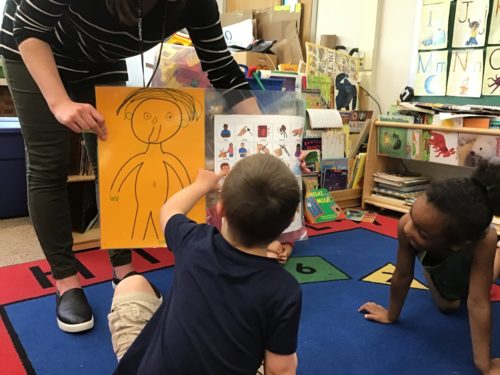
The complete PBL unit is available on our district website and can be downloaded and modified to fit any group of students. To briefly describe the learning unit, the goal was to use low tech AAC to increase the inclusiveness of one area of our school. Over the course of about 6 weeks, our preschool class first toured the school and took photos of places that we frequently visit (the gym, nurse’s office, main office). They took data and created a bar graph to determine the most visited location, which led us to choose the nurse’s office. Then we created a list of what students have said in the nurse’s office and analyzed the data to choose vocabulary to create a low-tech AAC board using drawing and Boardmaker Online.
Since implementing this curricular unit I have learned more about literacy instruction, mainly from the textbook Comprehensive Literacy Instruction For All by Dr. Karen Erickson and Dr. David Koppenhaver. When I do this unit again I will be more purposefully about weaving reading and writing into each lesson. For example, I plan to have students do predictable chart writing to share what they said the last time they were at the nurse (e.g., I was___).
Work from Erin Sheldon such as this video also gave me some ideas about how PBL can support the descriptive teaching model, rather than using referential language. PBL/Case Studies are designed for students to ask their own questions and guide their learning journey. This lends itself to an open-ended format, rather than one correct answer. This is a great strategy to support any emergent communicator, especially those who use AAC. When we have one answer in mind, the task often turns into a test with a right or wrong answer (e.g., “what does a nurse do?”). Whereas in an open-ended format we may ask “tell us about the last time you were at the nurse,” so that there are multiple appropriate responses. This helps increase student engagement with the lesson and with their communication system.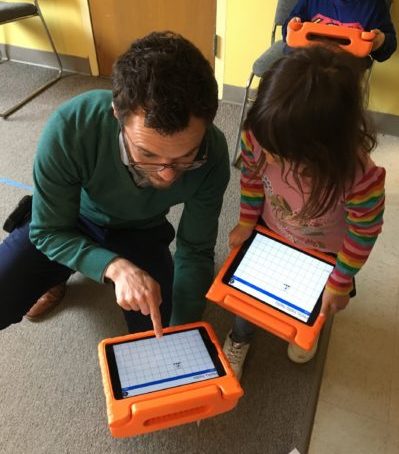
After listening to Erin, I will also be more purposeful about simplifying vocabulary or making sure important words are available to the AAC communicator. For example, if students come up with the word “fever” we can have them list other “easier” words (e.g., “feel hot”) to describe it. We can also use the word list that the students create to identify words that are not in the students’ AAC devices but should be. Involving peers in this type of activity is a great way for us to keep up with age-appropriate vocabulary.
When this unit was complete our last task was to present and share the product with an authentic audience. The class gave the communication board to the nurse and explained to her how students might use it. They also presented about their learning journey to classroom staff that weren’t present for my small group lessons. My favorite part was that during the presentation I asked each student who might use the communication board (only preschoolers? Can fifth-graders use it?) and almost every student said that it was for everyone.
When I began my journey towards authentic inclusion a mentor told me that she viewed academic inclusion as a social justice issue. I loved that this case study gave students a small, but real-life opportunity to learn about inclusive spaces and be an advocate. Most importantly this was not something that students did FOR the AAC communicators in their class, but it was something they learned about and completed together.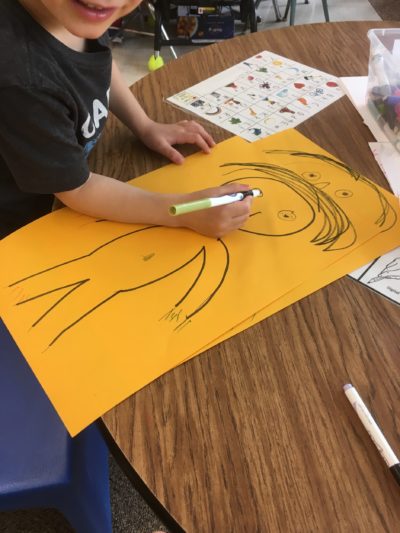
Biographical sketch: Sarah Gregory, M.S. CCC-SLP is a Speech-Language Pathologist and Assistive Technology consultant in the Ithaca City School District in Upstate New York. She specializes in Augmentative and Alternative Communication in a public school setting with a focus on inclusion. She received a bachelor’s degree from Ithaca College, a master’s degree from The University of Rhode Island and an Assistive Technology Specialist certificate from The University of California at Dominguez Hills. Sarah has presented on AAC and inclusion at ASHA, #TalkingAAC and AAC in The Cloud. You can reach her at sarahgregory212@gmail.com or on Twitter/Instagram @SGregorySLP.
Filed under: Featured Posts, PrAACtical Thinking
Tagged With: Inclusive Education, peer support
This post was written by Carole Zangari

